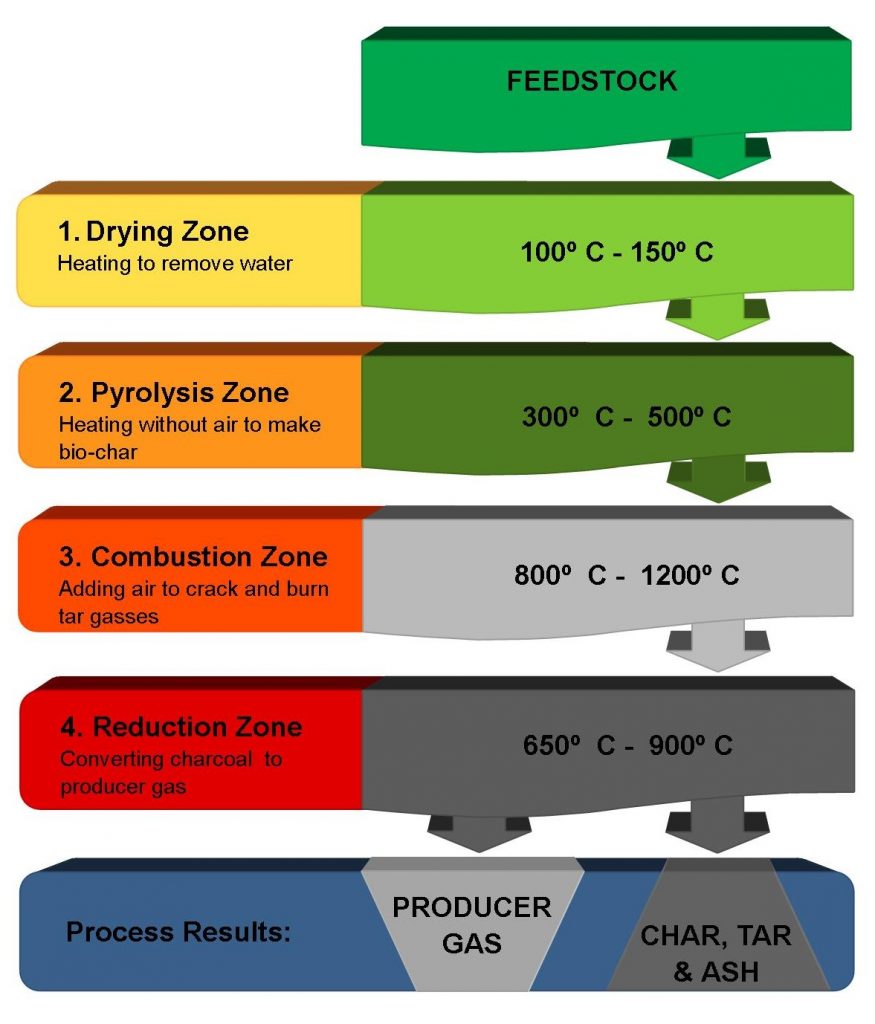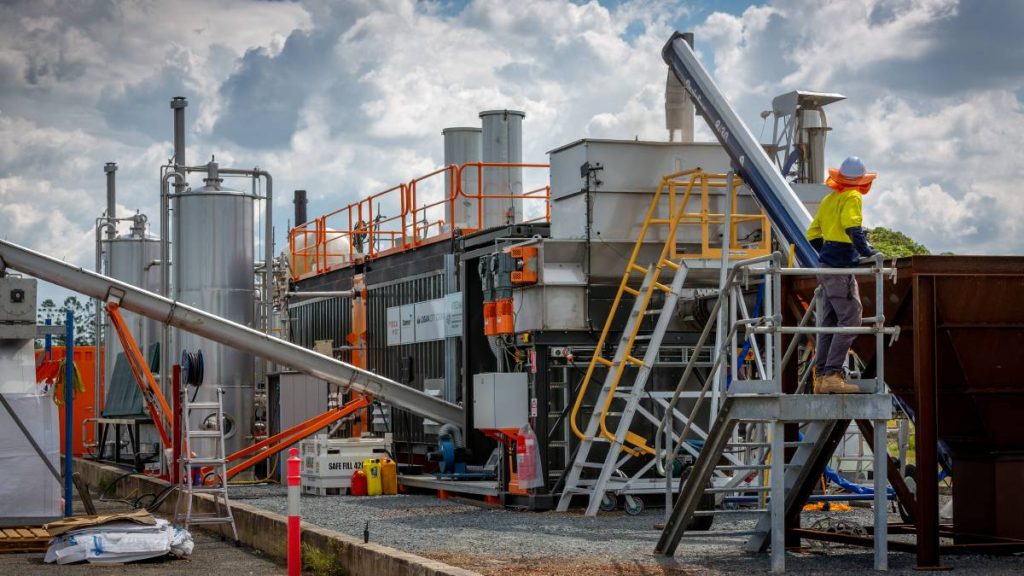
Waste water treatment plants are using gasification for energy
Since the 1970’s, humans have treated wastewater to protect human and ecological health from waterborne diseases. There are approximately 14,000 waste water treatment plants in the US alone and they generate over 13.8 million tons (dry weight) of sludge annually. According to the EPA website, biosolids are a product of the wastewater treatment process. During wastewater treatment the liquids are separated from the solids. Those solids are then treated physically and chemically to produce a semisolid, nutrient-rich product known as biosolids. The terms ‘biosolids’ and ‘sewage sludge’ are often used interchangeably. That sludge requires significant energy to treat—about one-third of total electricity use by a wastewater treatment system.
However, there is a solution on the horizon. Why not safely use that waste to create the electricity needed to process it. Gasification is a great solution for all forms of waste including biosolids from waste water treatment plants. And this solution is being implemented across the globe, converting human waste to energy.
What is gasification?

Gasification is a renewable energy process that converts carbon based waste into heat and electricity. There are several different forms of gasification, all based on how the process works. One of the most versatile in its fuel capabilities is downdraft gasification. The “downdraft” refers to the fuel input and the flow of the air through the conversion of the solid fuel to a gas state. The resulting gas from the gasification process is known as syngas when oxygen is used and producer gas when air is used in the process.
Gasification projects at waste water treatment plants
Gasification technology has become a popular technology for waste water treatment plants across the globe. It is an efficient way to convert a normally hazardous waste into heat and power. Here are some examples of these types of projects around the world.
Kiyose Water Reclamation Center (Bureau of Sewage, Tokyo)
The Bureau of Sewage (Tokyo), Tokyo Metropolitan Sewerage Service Corporation conducted a demonstration test in the Tobu Sludge Plant (Bureau of Sewage, Tokyo) and established a wastewater sludge gasification process.
The successful testing completed led to this technology being adopted in the “Kiyose Water Reclamation Center Sludge Gasification Project.” Since July 2010, a sludge gasification furnace has been in operation with a treatment scale capacity of 100 t/day and power output 150 kW.

Australia's Loganholme Wastewater Treatment Plant

This project is the first time gasification has been incorporated into a wastewater treatment plant in Australia. The gasification process perfected at Loganholme will reduce the volume of biosolids by 90% and help the local economy and farmers.
The gasification system was chosen to be built at the largest wastewater treatment plant after extensive successful testing was completed. Loganholme serves 300,000 people and produces approximately 34,000 tons of biosolids each year.
SynGas sewage sludge gasification plant in Mannheim, Germany
The sewage sludge gasification plant at the wastewater treatment plant of the municipal wastewater works Mannheim was built in 2010 and commissioned in 2011. The process is largely based on the pilot plant in Balingen, which has been in operation since 2001.
However, the plant’s capacity of 5,000 t/a DS is more than twice that of Balingen. This is about half of the annual sludge produced by the wastewater treatment plant, which is designed for 725,000 PE and treats approx. 35,000,000 m³ of wastewater per year.
After a purification stage, the synthesis gas produced from the gasification process is fed to the furnace of the drum dryer installed at the sewage treatment plant in the neighbouring building for sludge drying.




